2024 Toyota Sequoia TRD Pro Review: Brodeo Ride

Love It | Leave It |
|---|---|
Hybrid powertrain | Compromised cargo area |
Fun when off-road | Compromised third row |
Excellent tech suite | Expensive to own and run |
Big, bold, and brash: it's the 2024 Toyota Sequoia TRD Pro.
Toyota's big SUV is one unsubtle way to kick off the new year. All squared-off aggression and angry turbo noises, it's the brand's largest SUV with the largest personality. The TRD transformation compromises this family hauler; but in doing so, it also injects the Sequoia with a serious dose of fun.
What’s new?
Toyota finally introduced the third-generation Sequoia in 2022, nearly 15 years since the last model debuted. It once again pairs with the Tundra truck, which translates to a much stronger box frame with an independent front suspension and four-link coil-spring setup out back. 4WD is standard, with a two-speed transfer case offering drivers the options of 2H, 4H, and 4L. Out goes the ol’ V8, replaced by Toyota’s thoroughly modern 3.4-liter turbo V6—also, Tundra. While the truck sees multiple setups however, the Sequoia sticks to only the best: the hybridized layout, which plunks down a serious 437 horsepower and massive 583 pound-feet of torque. Shifting duties are handled by way of a 10-speed automatic transmission.
So far, so Sequoia. The TRD Pro picks up a few upgrades of its own, including Fox internal-bypass shocks, additional underbody protection, and a roof rack that forces my best Ace Ventura impression in underground car parks. Other inclusions are strictly cosmetic: the TRD gains LED clearance lights in its grille despite not being wide enough to need them, and a techy camouflage pattern to its wheel arches. Paired with the unique wheels, and slathered in the Terra paint that debuts for 2024, the whole package is aggressive and imposing. This isn’t the sort of vehicle I gravitate towards, yet I dig the looks, more than any other TRD Pro model right now.
Compromised cabin
Climb up into the cabin and the Sequoia never fails to remind you where you are. As if the giant-sized Toyota badging on the passenger side wasn’t enough, there’s a sizeable TRD logo at the six-o’clock position on the wheel. The dashboard is a craggy cliff face of protruding air vents, with a soft-touch surface below for a welcome bit of contrast. I wouldn’t say no to a splash of additional color when looking straight ahead, however; beyond the aforementioned wheel logo and the matching strips of red leather on wheel and shifter, it’s a sea of black.
That technoflage pattern from the exterior transfers over to the supportive seats, at least in the first two rows. And it’s here where the Sequoia works best, offering up big comfort for longer trips. The center console is capacious, and it needs to be, since the second-row accommodations are slim.
Head to the back and things get worse. The decision to stick to the hybrid powerplant positions the 1.87-kilowatt-hour nickel-metal hydride battery under the way-back row makes for an awkwardly high seating position. Legroom is fine for short jaunts, but sticking any adults back there may take you off their holiday card list. The other sacrifice comes in the form of storage space. All seats up, the Sequoia will just fit two carry-ons out back, and the load lip is quite high. Folding the seats leaves still leaves them tall too; Toyota offers an adjustable shelf to match that height for larger items, but again: awkward.
Put another way: during the week, I was moving the last few items to our new house. I also had a BMW i4 to test. The BMW could carry nearly as much stuff, and it was far easier to load and unload.
User-friendly tech
Clawing points back in favor of the Sequoia is its useful tech suite. Toyota’s latest and greatest infotainment setup sits front and center on a large, 14.0-inch touchscreen. It’s one of my personal faves on the market, with a simple menu structure and speedy responses. Wireless Apple CarPlay and Android Auto are standard, with the former working without a hitch. This larger screen avoids one of the system’s main criticisms: a cluttered satellite radio experience. Picking a nit, I do wish the ability to swap between CarPlay and native menus was easier, but word is Toyota will be sending out an over-the-air (OTA) update to rectify this.
Perhaps more important than the screen is the continued employment of physical buttons. Toyota keeps ‘em all for the climate controls, and that’s excellent.
Toyota Safety Sense 2.5 is standard across the Sequoia family. The suite includes standard assists such as full-range dynamic cruise control, auto high beams, lane tracing and departure alerts, and a pre-collision system, but misses the Pro Driving Assist and a few other evolutions found in TSS 3.0. Thankfully, the Sequoia also includes a blind-spot monitor with trailer merge warning; helpful for something capable of towing 9,000 pounds.
On the road
Driving the Sequoia through the inner-city slush and grit of the new year is satisfying. Even on the trail-oriented tire package, the Sequoia grips well and shows good road manners. It’s noisy, mind you: the chunky tread pattern and grunty (piped-in) engine roar are a constant reminder you’re in something big and burly. Add highway speed levels and that roof rack joins the fray, adding considerable road noise. But hey, you’re not buying a TRD Pro for a Lexus experience, right?
The powertrain is the clear star here. It’s a personal favorite in the truck segment, and the hybrid V6 continues to impress in the Sequoia. Torque is plentiful at any engine speed, but it’s the hybrid system’s ability to instantly infill on any throttle application that stands out. It makes for a responsive setup, especially as the smart 10-speed never seems to put a foot wrong, unlike the EcoBoost F-150s with a similar layout. I even like that faux-V8 grumble, enough to prod the throttle just for the sake of it.
That probably didn’t help my fuel economy. Officially, the Sequoia achieves 19 mpg city and 22 mpg highway, for a combined 20 mpg rating. Canadian figures are 12.6, 10.5, and 11.6 L/100 km, respectively. Our week together saw basically the city figure, though it was a rough few days of weather. Not great, but also still impressive for something with this level of performance and size.
Fun off tarmac
I only had limited time with the TRD Pro off the tarmac, but it reinforced my thoughts from our initial meeting in 2022. The slightly aloof feeling on the road allows this big SUV to feel lively and chuckable on trails. The suspension finds its groove too, with enough body roll to telegraph its attitude to the driver but avoid feeling sloppy. The powertrain still kicks, too. The Sequoia becomes an oversized WRX out in the dirt, a big puppy with big paws, just excited to play. Okay, maybe it’s more of a 200-percent scale GR Corolla now…
Dollars and sense
In America, the TRD Pro tops the Sequoia lineup at $80,960 including destination, just slightly eclipsing the Capstone. Buyers looking for some of that attitude can option up the basic SR5 with a few packages, which starts from $63,125.
Canada’s lineup is broadly similar, though the TRD Pro is technically a pricey option package on the Limited instead of its own standalone model. At $97,430 CAD, this model is just about $1,000 CAD shy of the Capstone, but a full $15k CAD above where the Sequoia starts in the land of the North.
Verdict: 2024 Toyota Sequoia TRD Pro Review
The 2024 Toyota Sequoia TRD Pro is a compromised vehicle. Despite the sheer size of the thing, it’s not particularly practical. The third row experience can’t match the one you’ll find in a Tahoe or Wagoneer either, and after decades of Toyota hybrids, the only-okay fuel economy might surprise some folks.
But this Sequoia is also full of charm. It isn't for everyone, but if you're looking for the—frankly unusual—mix of hot hatch attitude with truck capability, there isn't much else quite like it.
Become an AutoGuide insider. Get the latest from the automotive world first by subscribing to our newsletter here.

Kyle began his automotive obsession before he even started school, courtesy of a remote control Porsche and various LEGO sets. He later studied advertising and graphic design at Humber College, which led him to writing about cars (both real and digital). He is now a proud member of the Automobile Journalists Association of Canada (AJAC), where he was the Journalist of the Year runner-up for 2021.
More by Kyle Patrick



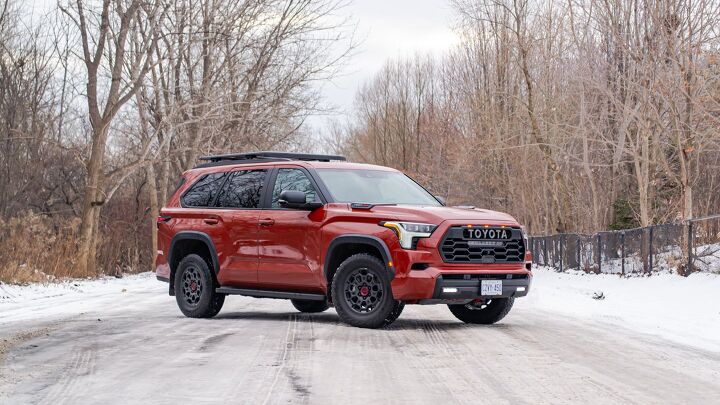
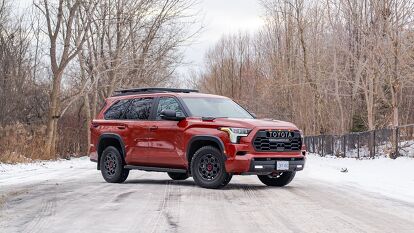




























































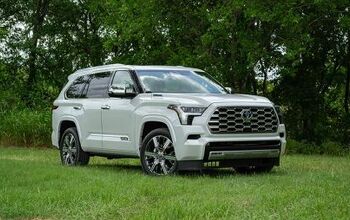
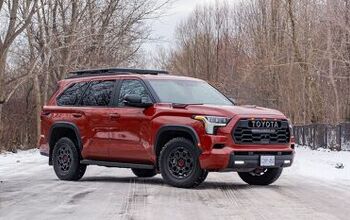
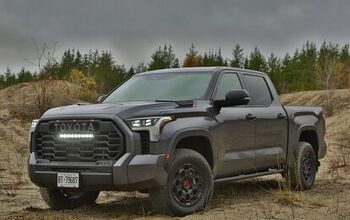
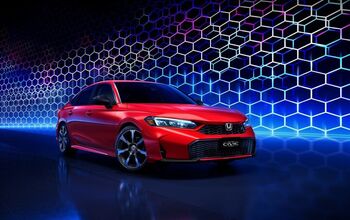
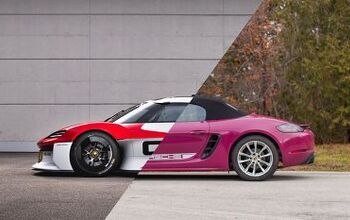
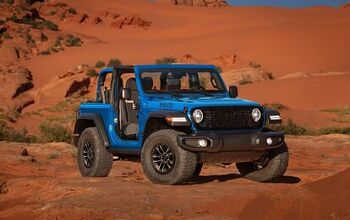
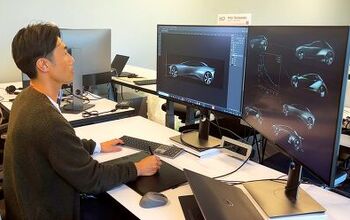
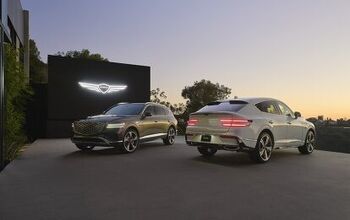
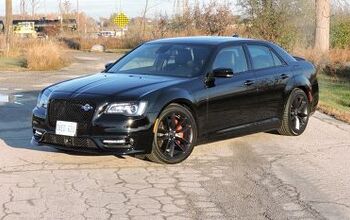
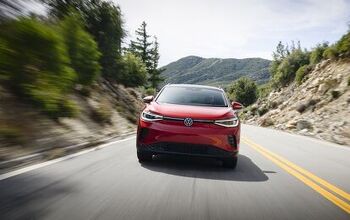


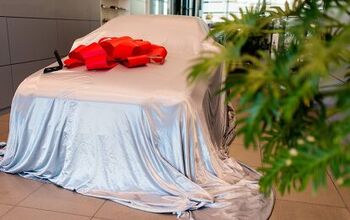

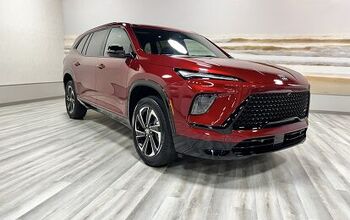
Comments
Join the conversation
Granted the new Sequoia is bigger, and more family friendly, but the price took over the Land Cruiser price from last version.
It's too bad it's so expensive compared to the new Land Cruiser, and even more expensive than the NEW LAND CRUISER.
I'll just stick with my 2nd vehicle which is a 2006 Sequoia. It's like they flipped the script on pricing. No thanks Toyota...